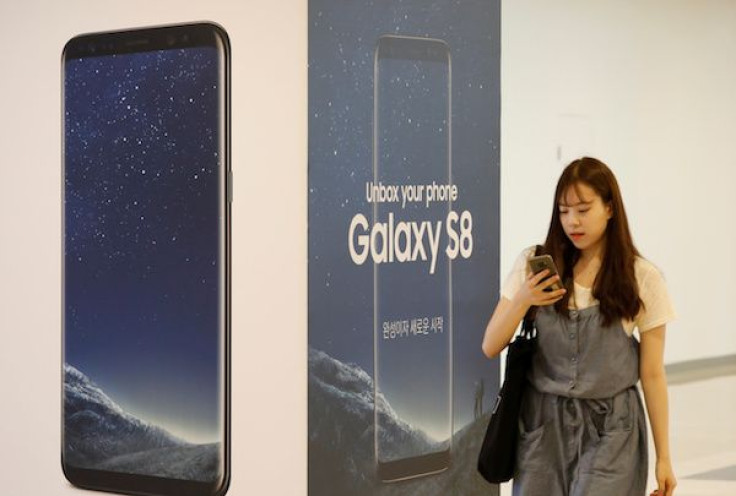Galaxy S9 In-Display Fingerprint Sensor Confirmed? Synaptics Teases Invention For Samsung

Samsung is now a step closer to realizing what it had originally planned for the Galaxy S8. Computer manufacturing company Synaptics has just announced the world’s first in-display fingerprint sensor, and from the looks of things, the technology could become commercially available with Samsung’s upcoming flagship device.
This Tuesday, Synaptics issued a press release, announcing its stellar invention of a display-embedded fingerprint reader for mobile phones. The sensors are called Clear ID FS9500, and they are said to only get magically activated when needed. This means the sensors are designed to know if they are being used for verification or any process that would require them to read the fingerprint of the user.
“Synaptics Incorporated, the leading developer of human interface solutions, today announced mass production with a top five OEM of its new Clear ID™ FS9500 family of optical in-display fingerprint sensors,” the company said in the press release. Despite not identifying the manufacturer it is supplying the advanced sensors to, it’s quite clear that it could no other be than Samsung because Synaptics said that the sensors are “designed for smartphones with infinity displays.”
Synaptics also downplayed Apple’s Face ID technology, which the Cupertino giant introduced with the iPhone X, when it stated, “Clear ID is faster than alternative biometrics such as 3D facial, highly-secure with SentryPoint technology, and very convenient with one-touch/one-step biometric authentication directly in the touchscreen display area of smartphones.” In addition, Synaptics claimed that its Clear ID sensors are made to perform twice as fast as 3D facial recognition.
Android Central has learned that Synaptics’ in-display fingerprint sensors work well in various situations. It can perform its part perfectly even when the display is wet or dry or even if the user’s fingers are cold. The module is protected by glass, so users can expect it to be durable, waterproof and scratchproof.
For those wondering how the in-display fingerprint sensors works, Digital Trends reports that the process starts when the sensor detects the finger of the user. The OLED display will then light up the finger in order for the sensor to commence scanning the fingerprint of the user. The “matcher” component will then verify the newly scanned image of the fingerprint and confirm if it is similar to the stored imprint.
Synaptics has also claimed that its new sensors have 99 percent spoof attack rejection rate. The company said its invention utilizes machine learning that helps in identifying questionable attempts at unlocking a device. If true, then the Clear ID sensors could guarantee users with protection from spoofers.
While it’s now obvious that in-screen fingerprint-scanning technology would become a big thing in the smartphone industry next year, Samsung could be the first one to take advantage of this invention. If Synaptics’ hints weren’t enough, Samsung’s revelation that it did try to come up with display-embedded fingerprint scanners for its flagships this year should clear any doubts about the Galaxy S9 sporting the world’s first in-display biometrics in early 2018.
© Copyright IBTimes 2024. All rights reserved.











